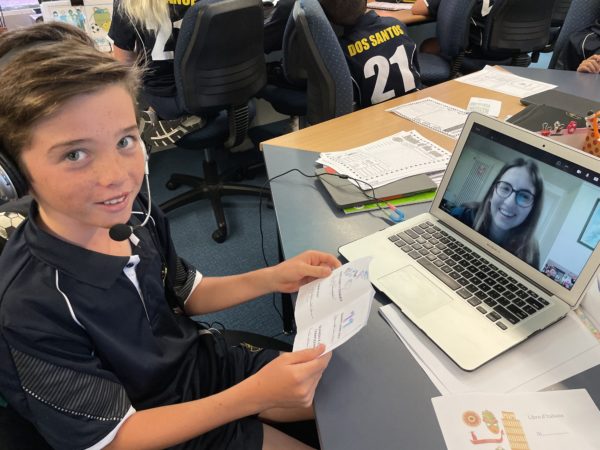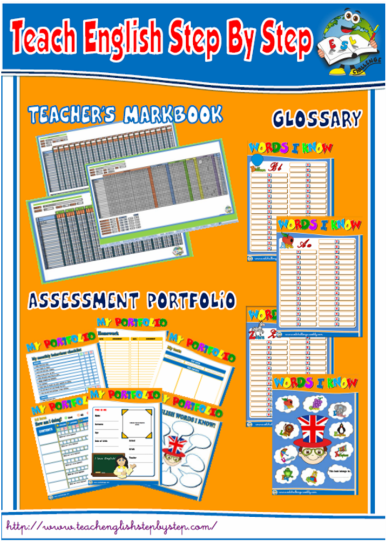Good Reasons On Picking Italian Nursery Teaching Aids
Wiki Article
What Materials For Teaching Do Italian Primary Or Nursery School Need?
A Italian primary or nursery school will require an array of educational materials to aid in the learning and development of their pupils. Here are a few examples of materials that might be required: Textbooks workbooks, and other teaching aids: These are essential to teach core subjects such as Italian math, science or social studies.
Art and Craft Materials It includes crayons, paper as well as paints, brushes, and other tools that students can utilize to create creative projects.
Puzzles, blocks, or games that involve manipulatives are great to develop problem-solving and critical thinking abilities.
Technology for education Computers (tablets, laptops, etc.).) and other technological devices can help students learn and can give them extra sources.
Visual aids: Posters charts, maps, and other visual aids can help students learn and remember essential concepts.
Books: A wide selection of books for children that are age appropriate written in Italian can help encourage reading and language development.
Musical instruments Instruments that play music, such as xylophones, tambourines, and maracas, can be utilized to help teach rhythm and appreciation.
Safety equipment First aid kits as well as fire extinguishers and emergency procedures posters are important to ensure the safety and security of staff and students.
Equipment for sports: Cones, balls, and various other sports equipment can be used in physical education classes or outdoors play.
Italian primary and preschool schools will need an array of educational materials to create a stimulating and engaging learning environment for students. Check out the best sostegno infanzia for site info.

What Maths-Related Didactic Cards Can Be Utilized In Italian Nurseries?
Maths didactic games can be an effective tool to introduce children to the basics of math in Italian nursery schools. Maths didactics cards are available in a variety of forms. They may also include images of animals or other objects that represent numbers. This could make the process of learning more engaging.
Shape cards. Shape cards will teach your kids the characteristics and names of various shapes. These include circles, triangles, squares and rectangles. They can also include real-life illustrations which illustrate the various shapes.
Color cards aid children in learning to discover the names and shades of a variety of shades. They can be illustrated using objects that have a majority of one color. This makes the learning process more engaging.
Counting Cards: A counting card are a great way to teach children to count from 1-10 or higher. They may include illustrations of objects or animals that represent numbers to make the learning experience more enjoyable.
Time Cards: Time cards will aid your child in learning to read the time, and also the names of days of week and the months. You can use illustrations of clocks and calendars to make learning more enjoyable.
It is essential to select Maths educational cards that are age appropriate active, fun, and enjoyable for children who are just beginning to learn. These cards can help teachers and caregivers create Maths-related activities that are fun and interactive, which will increase the interest and excitement of young kids. Read the top materiale didattico matematica sostegno for blog tips.

What Science-Based Teaching Material Is Needed In Italian Nurseries?
The support for science-related materials at Italian nurseries can be very beneficial to young children as they explore and learn about the world. Here are examples of what is needed. Planning and preparing the curriculum: A well designed plan of instruction and curriculum that incorporates ideas from science can help children to learn about a variety of scientific concepts and skills.
Manipulatives & visual aids: Visual aids like posters, charts and nature specimens as well as simple science experiment kits and magnifying lenses are a great way for students learn about scientific concepts by doing it themselves.
Videos and books. Videos and books which are based on subjects such as weather and animals, plants and space, can provide children with additional resources and help them learn.
Outdoor learning areas like gardens and playgrounds, for example can provide children with opportunities to discover and explore the nature around them.
Participate with parents in the process of learning: Engaging parents in the learning process can help reinforce concepts learned in nursery. It also encourages families to be involved.
Assessment tools: Parents and teachers can utilize assessment tools to monitor the development of children and find areas that could require extra support.
It is crucial that the tools used in science instruction are suitable for the age of the child. Teachers and caregivers can to utilize these resources in order to create exciting, interactive science projects for children, which will encourage their curiosity and enthusiasm for education. Follow the top rated schede didattiche scienze for blog examples.
What Geography-Related Teaching Materials Are Required In Italian Nurseries?
Teaching materials for geography in Italian nurseries can help children acquire a greater awareness of the world around them, and also learn about different cultures and environments. Here are a few examples of geography-related teaching materials that may be necessary Maps: Maps aid children in understanding the geography of different regions and countries, and the exact location of landmarks and natural landmarks.
Globes Help children visualize the earth's surface and learn about the various oceans and continents.
Videos and pictures Videos and pictures of different places and cultures will help children discover the variety of the world and develop an appreciation for the different ways of living.
Books: Age-appropriate, age-appropriate books that feature different cultures and regions can help children develop an understanding of geography as well as an interest in the world.
Natural materials: Natural resources like shells, rocks and plants are a great way to help children learn about different environments and ecosystems.
Field Trips: Children can learn valuable geography through field trips to local zoos, parks and museums.
It is vital to choose geo-related materials that are both suitable for both a child's and a parent's age. They help teachers and caregivers to design engaging and interactive activities to promote children's love of learning and curiosity.
